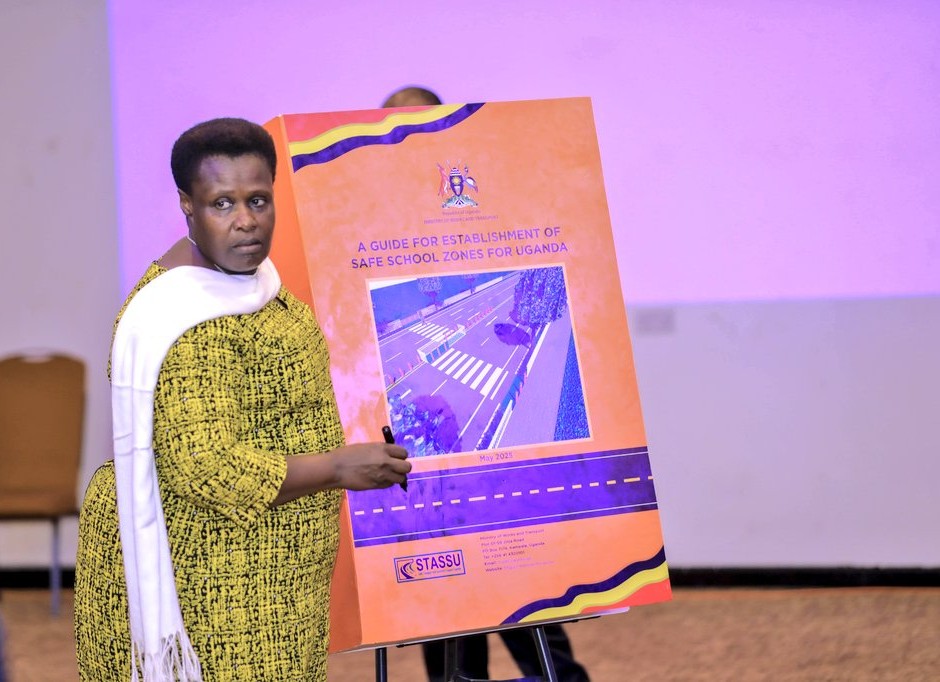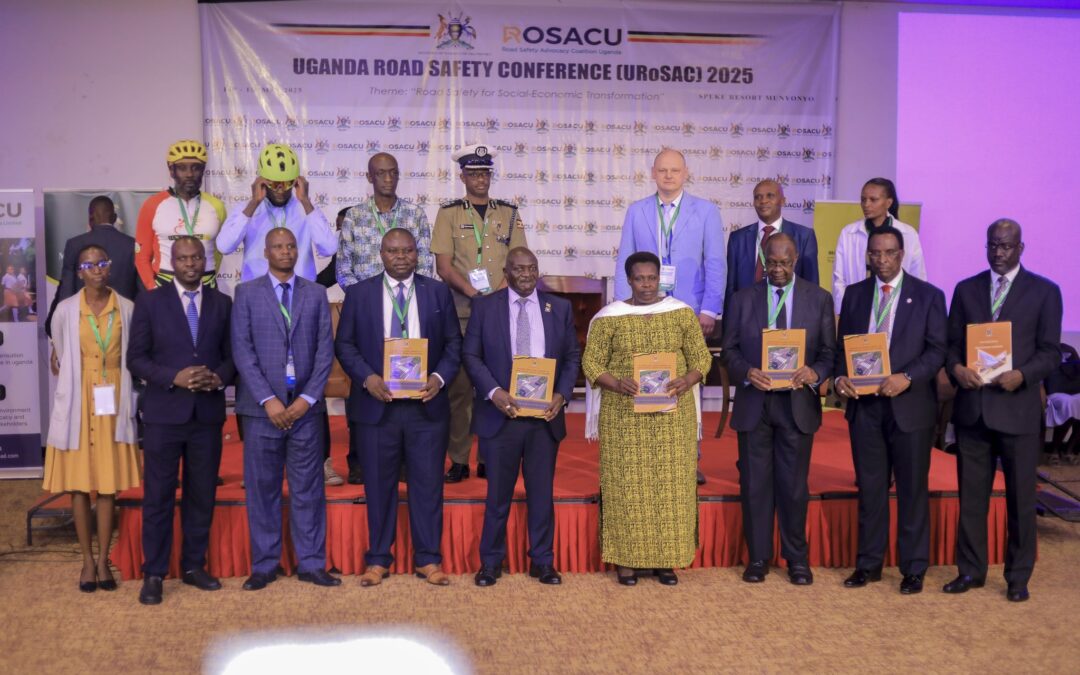As part of the Uganda Road Safety Conference 2025 on 14 May and in recognition of UN Global Road Safety Week, the Government of Uganda officially launched the Guide for Establishment of Safe School Zones for Uganda, which is a comprehensive framework designed to protect school-going children from road traffic dangers.
With over 13 lives lost daily to road crashes in Uganda, and children among the most vulnerable, the guide offers an urgent and structured response. It provides clear strategies for planning, designing, and implementing safe school zones to reduce crashes, injuries, and fatalities around schools.
The guide was developed through a collaborative effort led by Safe Transport and Survivors Support Uganda (STASSU), formerly known as HOVITA with technical and financial support from the Global Health Advocacy Incubator (GHAI) and the Global Road Safety Partnership (GRSP). It is firmly aligned with Uganda’s Speed limit regulation 2024 including 30km/h in high-risk areas such as schools, hospitals, markets; Non-Motorised Transport Policy; Traffic and Road Safety Act; and the National Road Safety Action Plan, which targets a 50% reduction in road traffic deaths and injuries by 2030.
A multi-sectoral working group contributed to the guide’s development, drawing expertise from the Ministry of Works and Transport, Ministry of Public Service, Ministry of Education and Sports, Ministry of Gender, Labour and Social Development, and Ministry of Local Government, along with partners like the World Resources Institute (WRI-Africa).

Key components of the guide include:
- An overview of road safety issues in school zones in Uganda;
- Principles for effective school planning and design;
- Guidelines for developing safe road infrastructure around schools;
- Road Safety Assessment in school zones including iRAP Star Rating for Schools (SR4S) tool;
- Strategies for education, awareness, and community engagement.
Preliminary assessments using the SR4S tool evaluated 25 locations around 12 schools in Kampala, revealing that 17 were rated only one-star, 5 two-star, and only 3 three-star, highlighting the urgent need for improvements.
In a speech delivered on behalf of the President, Vice President Jessica Alupo stated: “Under the National Road Safety Action Plan (2021–2026), government is aiming at reducing road fatalities and injuries by 25% by Financial Year 2026/27, thus re-affirming our commitment to reducing road crash deaths and serious injuries by 50% by 2030. The government is also committed to increasing financing for road safety and will continue collaborating with all stakeholders to ensure that all road users travel safely.”
Speaking at the launch, Sam Bambanza, Executive Director of STASSU, emphasized the urgency of the guide’s implementation: “We cannot continue to lose children on their way to school. This guide offers practical steps to protect young lives.”
The guide is now available for urban planners, policymakers, local governments, and road safety advocates, and is expected to play a pivotal role in shaping safer environments for schoolchildren nationwide.

